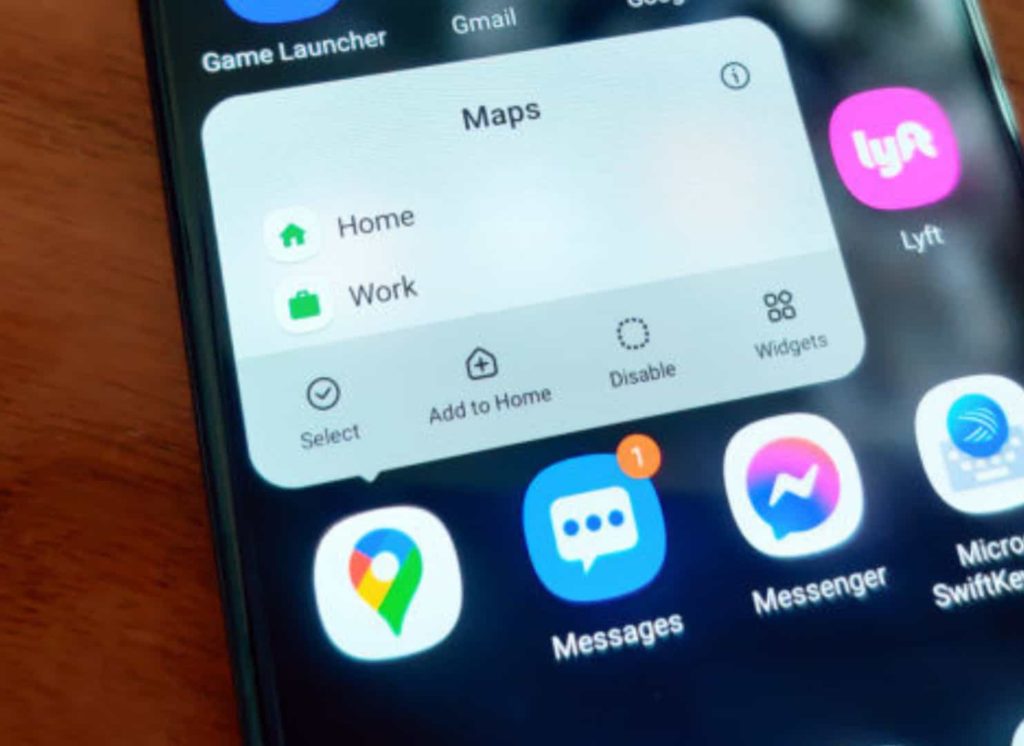Last month, Samsung rolled out the Android 11-based One UI 3.0 beta update on Galaxy S20 devices. After months of testing, the company officially announced its launch earlier this month and revealed which devices would receive One UI 3.0. Now, after weeks of waiting, Samsung has finally started pushing the One UI 3.0 update for select Galaxy phones globally. We previously had talked about how the new OS upgrade takes the user experience of Galaxy phones to a new level. But, as some smartphones have received One UI 3.0 now, we have hands-on with these new features.
Based on Android 11, the One UI brings almost all features of the latest Android OS, but Samsung’s Android skin adds some new features and design tweaks. For those of you who are already on the One UI 2.5, you’re unfortunately not going to feel any major difference. Although the One UI 3.0 brings some very new things, the look and feel of the OS remains similar. But if you’re eagerly waiting to receive and try out the latest One UI 3.0, here we have rounded up all that you should expect.
Samsung One UI 3.0 New Features
Since all the new Android 11 features are included in the Samsung software upgrade, we won’t be covering those here. Here we list all the new features which are exclusive to One UI that the latest Samsung’s custom skin brings.
Revamped Notifications

In Android 11, one of the biggest areas where Google has focused on is notifications. The latest version of the stock Android OS arrives with major changes and tweaks to notifications shade and how Android notifications work on phones. Following Google’s footsteps, Samsung has also stressed a lot on the notification shade in One UI 3.0. By adding a new light grey color and a new fade-in notification, the South Korean smartphone brand has updated the entire look of the notification shade. It is now more organized, smooth, and classy in its looks.
Though the One UI 3.0 reflects the most notable changes that are instituted by Android 11, the Samsung skin has removed some things to reduce the clutter. Like the power button has now disappeared from the upper right corner. Also, the update has moved the music player out of the notification area and inserted it into the Quick Tiles section. Further, notifications are organized under different headings depending on their importance. Long-pressing of any notification works as usual.
New Alerts and Android 11 Bubble Support

With a major change to notification alerts, Samsung has reduced the size of the alert pop-up. Earlier, in Android 10, the notification appeared as a large alert in the top quarter of the screen with shortcuts to app features such as reply, delete, ignore, mark as read, etc. One UI 3.0 makes the alert much smaller and simpler by removing all those shortcuts from the pop-up. Now, when a notification alert pops up on your screen, tapping it opens up the conversation within the app itself.
The smaller alert now makes it less obtrusive when users are working on their smartphones. However, if you ignore the notification alert, it moves to the notification shade and displays all those shortcuts and interactions. The good thing is that One UI 3.0 provides you the option to bring back the ‘bigger’ notifications by heading to notification settings, in case you don’t like this change.
Additionally, the update brings the support for chat bubbles, which, of course, is a feature of Android 11. Samsung phones will also now support chat bubbles, and users can choose which apps will see a bubble alert. Alternatively, if you don’t want them, you can turn them off by heading to Settings > Notifications > Advanced Settings > Floating Notifications.
Larger Volume Controls With Key Info

Samsung’s One UI 3.0 has received a revamped volume control slider, bigger in size, with added information within the slider. For example, you can now see which device you are currently controlling the volume of. Further, if you tap the three-dot expansion icon at the top of the volume slider, there appears a full volume panel, which looks a lot different from the previous one. It takes up a larger portion of your phone screen and allows you to alter various volumes of your phone. Like, you can control volume for notifications, media, ringer, alarms, etc. From there, you can also quickly toggle on or off Google’s Live Caption
Tweaks to Always-on Display and Lock Screen
According to the official changelog of One UI 3.0, the company has improved the always-on display widgets. Samsung offers various customization options, including design, colors, and even animated GIFs. It also allows users to adjust which alerts appear on their AOD. Though there are no visible changes to AOD widgets, and it’s unclear what those improvements are, we believe they’re now more power efficient or so.

Apart from this, Samsung has also improved the lock screen widgets. Users can now keep track of things on their lock screen. For example, you can add the new Digital Wellbeing widget that will allow you to keep tabs on your phone usage — without having to unlock your phone. Additionally, the dynamic lock screen option has also been updated with more categories. This feature changes the look of your lock screen with wallpapers based on certain categories, automatically. Now there are more categories that you can choose your lock screen wallpapers from.
Fast Access to Widgets

Android widgets have finally been revamped, at least by Samsung, with One UI 3.0. You can now directly see an app’s widgets by long-pressing an application within the app drawer or home screen. A widgets button appears when you long-press an app and tapping on it pops up a menu that allows you to scroll through the widgets. Just select the one you like and instantly add it to your home screen, simple. Note that this does not work for Widgets on the always-on display or lock screen that we earlier talked about.
Samsung Free: New Aggregator in One UI 3.0
The -1 home screen panel now does not come with Google Discover or Bixby Home or Samsung Daily, or any other systems that Samsung previously placed there. Now, Samsung has debuted a new system called Samsung Free for the left panel of the main home screen. Like the others, it is also an aggregator that brings you an easily scrollable feed with news and other related information.

Though it’s similar to Bixby Home and Samsung Daily, it mostly focuses on news only and a few app suggestions from Galaxy Store. It’s good to see that you can turn Samsung Free off if you don’t like it. To do so, long-press any blank space on your home screen and turn off the Samsung Free toggle by swiping left.
As said before, Samsung One UI 3.0 brings most of the new features of Android 11, but there are some things that Samsung has not included. One such thing is the omission of smart controls with the power menu. In stock Android 11, holding down the power button reveals a whole new, full-screen interface with ‘smart’ controls. From there, you can quickly turn on or off your smart lights, select your credit card to make payments, etc. The usual power buttons that allow you to power off or restart your phone also lie there.

However, Samsung didn’t add this new Android 11 feature in its update but carries the one from the One UI 2.5 without any changes. Also, you will find that One UI 3.0 has replaced the native Android screen recorder with its Samsung Capture. The update has already started rolling out for select Galaxy devices, and you should get to see it in the coming days.



